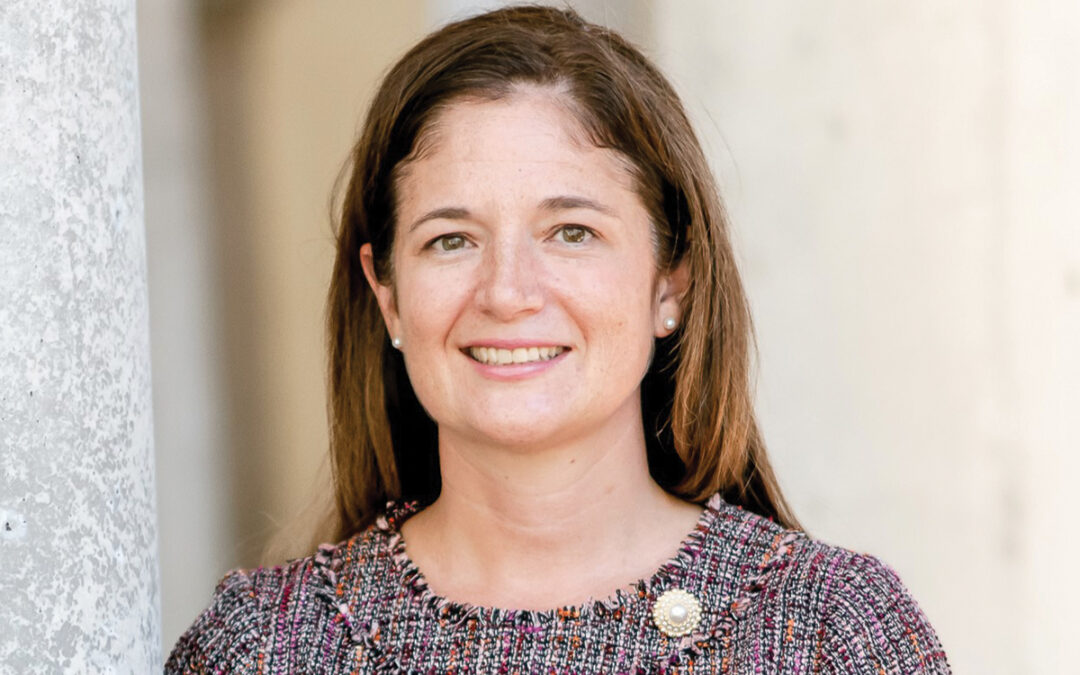Early Detection and New Therapies to Maintain Limb Health
Many women spend their youth and midlife preparing for the Marilyn Monroe moment — that moment when they walk across an air vent and their skirt goes flying and their legs will be properly shaved, tanned, muscular
and gleaming. However, there are other women who are dealing with deeper concerns than a tinted moisturizer. They are the ones suffering with spider veins, varicose veins and lymphedema.
The inclination of most patients is to try to live with these symptoms until pain forces a doctor’s visit. Those affected will first select full-coverage clothing to hide the problem, not realizing prolonging treatment of the more serious issues can result in blood clots, discoloration, ulcers and increased pain. Both men and women can suffer from these problems, but it is most prevalent after pregnancy and the reason so many women will require treatment. Dr. Robert Thompson, M.D., a board-certified vascular surgeon who works at Veintec in the Medical Center, assures patients who come in for a consult ation that they will be surprised. Most procedures at Veintec are noninvasive; require no hospitalization or anesthesia, can often be treated with lasers or injections and have high rates of success.
ation that they will be surprised. Most procedures at Veintec are noninvasive; require no hospitalization or anesthesia, can often be treated with lasers or injections and have high rates of success.
Nisha M. Franklin of Hamilton Vein Center says symptoms of vein disease can include painful, aching, heavy legs; restless legs; night cramps; varicose veins; darkened skin and texture changes; itchy skin; swelling; and open ulcers. Other patients will have no visible signs at all.
“Vein disease is very common and affects people no matter the age or background,” continues Franklin.
It is more than a cosmetic issue, and of the 30 million people with symptomatic venous reflux, more than 28 million people go untreated annually.
“We are trying hard to change that,” she says.
Lymphedema is a more serious issue. According to therapists at Lymphedema MD (LMD of America) in San Antonio, lymphedema is an abnormal accumulation (buildup) of protein-rich fluid between the tissue spaces in the body that occurs when lymph vessels and/or nodes are missing, removed, impaired or damaged. It usually results in swelling of the legs or arms but can also occur in the chest, face, neck, abdomen and genitals.
The National Cancer Institute reports that lower-limb lymphedema is experienced by 36 percent of vulvar cancer survivors and 5 percent of ovarian cancer survivors. Upper-limb lymphedema is experienced by 50-70 percent of women after breast cancer treatment, with severe lymphedema in 10 percent. Lymphedema MD describes two types of lymphedema as primary and secondary. Primary lymphedema occurs when an individual is born with poorly developed or missing lymph tissue. Symptoms of early-onset lymphedema (lymphedema praecox) can be seen between birth and age 35. Symptoms of late-onset primary lymphedema (lymphedema tarda) occur after 35 years of age. Secondary lymphedema can occur at any age when lymph vessels/nodes are removed or damaged by surgery, radiation, injury or severe infection.
Risk factors that contribute to the development of secondary lymphedema can include older age, obesity (BMI 30 or higher) and venous and arterial blood flow abnormalities. Individuals who have had sentinel lymph node biopsy (SNLB), auxillary lymph node dissection (ALND) or other lymph node removal/biopsy in conjunction with radiation therapy or obesity are at higher risk of developing secondary lymphedema. There is a higher risk of developing lymphedema in those with ALND than SNLB because of the increased amount of lymph nodes removed.
 Lymphedema causes pain/discomfort because of the increase in limb volume and inflammation resulting in pressure on pain nerve fibers. If the condition is left untreated, lymphedema can lead to an incredible increase in limb size, progressive hardening of the skin and tissues, hyperkeratosis (thickening of the skin) and papillomas (wart-like growths) of the skin. People with untreated lymphedema are also at an increased risk of developing bacterial infections of the skin (cellulitis), erysipelas and/or an infection of the lymph vessels (lymphangitis). The smallest injury to the affected body part can lead to frequent infections, resulting in worsening of the condition and increased hospitalizations. In other instances, an individual may develop lymphangiosarcoma. This rare form of soft tissue cancer can result from the most severe cases of untreated lymphedema.
Lymphedema causes pain/discomfort because of the increase in limb volume and inflammation resulting in pressure on pain nerve fibers. If the condition is left untreated, lymphedema can lead to an incredible increase in limb size, progressive hardening of the skin and tissues, hyperkeratosis (thickening of the skin) and papillomas (wart-like growths) of the skin. People with untreated lymphedema are also at an increased risk of developing bacterial infections of the skin (cellulitis), erysipelas and/or an infection of the lymph vessels (lymphangitis). The smallest injury to the affected body part can lead to frequent infections, resulting in worsening of the condition and increased hospitalizations. In other instances, an individual may develop lymphangiosarcoma. This rare form of soft tissue cancer can result from the most severe cases of untreated lymphedema.
Patients usually report some relief after one or two sessions of a therapy called complete decongestive therapy. The manual lymphatic drainage technique has an analgesic effect on most patients, often reducing joint pain and limb discomfort.
Patients who have added complications and pain from wounds, scar tissue, radiation therapy, nerve pain resulting from chemotherapy or pain from arthritis will report more noticeable improvements two to four weeks after the initiation of treatment once the limb volume has been markedly reduced.
San Antonio has good resources to help you with your limb care needs. As with most health issues – early detection and treatment are critical, and issues can be managed with early diagnosis and diligent care of the affected limb.
By PAMELA LUTRELL









0 Comments